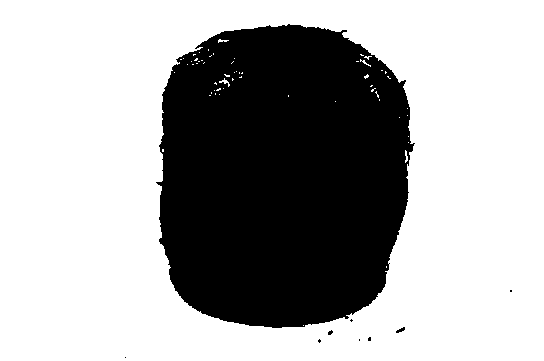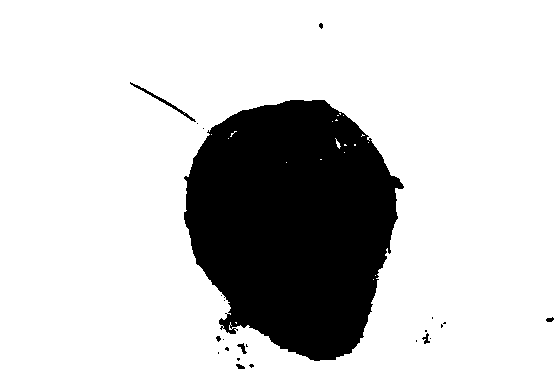Cultivation method of zostera marina artificial sea turfs
A cultivation method and technology of macrophylla, applied in seaweed cultivation, botanical equipment and methods, cultivation and other directions, can solve problems such as slow seed germination rate, etc., and achieve the effects of improving coverage, fast growth and high survival rate of seedlings
- Summary
- Abstract
- Description
- Claims
- Application Information
AI Technical Summary
Problems solved by technology
Method used
Image
Examples
Embodiment 1
[0031] Embodiment one, refer to Figure 1 to Figure 3 ,in figure 1 Shown in A is the state of seeds cultured in sterilized seawater with a salinity of 15, 15°C and shading conditions for 14 days, and B is the state where germinated seeds were transferred to sterilized seawater with a salinity of 25, and cultured for 15 days at 15°C and shading conditions State, C is sterilized seawater with a salinity of 30, 15°C, light of 3000lx, and seedlings cultivated for 7 days.
[0032] This embodiment includes the following steps:
[0033] (1) Configure seawater with salinity 15, salinity 25, and salinity 30
[0034] Slowly add distilled water to the seawater and keep stirring, measure the salinity of the seawater with a salinity meter, until the salinity reaches 15, 25, 30, stop adding distilled water;
[0035] Fill the prepared seawater with salinity 15, salinity 25, salinity 30 and normal salinity into the triangular flask respectively, and sterilize for 15 minutes in an autoclave...
Embodiment 2
[0045] Embodiment 2. The difference between this embodiment and Embodiment 1 is that in the step (4) of this embodiment, the seedling bases are connected in series with gridded hollow trays to form seedling base trays. The diameter of the hollowed-out square should be slightly smaller than the diameter of the "seedling base" to facilitate firm fixation. Specifically, the image 3 The shown seedling base is stuffed into the hollowed out part of the grid, and the number of grids can be customized according to the actual transplanting needs. Figure 5 For the combined seagrass skin, then cultivate the sea grass skin for 14 days at 15°C and 5000lx light conditions, refer to Image 6 , the seedlings are in good condition and ready for transplantation. Figure 7 It is a photo of the effect of transplanting the eelgrass artificial seagrass turf cultivated by the present embodiment. Dig a pit with a depth of 3 to 3.5 cm on the substrate of the transplanted sea area, bury the cultiv...
Embodiment 3
[0047] Embodiment 3 is different from the foregoing embodiments in that:
[0048] In step (2), wash the seeds with seawater of normal salinity for several times, then put them into a triangular flask, cultivate them under shading conditions at 15°C for 10 days, then place them in sterilized seawater with a salinity of 25°C, and cultivate them under shading conditions at 15°C 12d;
[0049] In step (3), place the seeds of the eel algae in sterilized seawater with a salinity of 30, culture at 15°C, and light of 4000lx, and develop the eel algae seeds into seedlings after 10 days;
[0050] In step (5), culture is carried out for 10 days at a temperature of 15° C. and a light of 6000 lx.
[0051] This embodiment also overcomes the shortcomings of the traditional recovery method of eelgrass seagrass beds, and the seedlings develop well.
PUM
| Property | Measurement | Unit |
|---|---|---|
| Diameter | aaaaa | aaaaa |
Abstract
Description
Claims
Application Information
 Login to View More
Login to View More - R&D
- Intellectual Property
- Life Sciences
- Materials
- Tech Scout
- Unparalleled Data Quality
- Higher Quality Content
- 60% Fewer Hallucinations
Browse by: Latest US Patents, China's latest patents, Technical Efficacy Thesaurus, Application Domain, Technology Topic, Popular Technical Reports.
© 2025 PatSnap. All rights reserved.Legal|Privacy policy|Modern Slavery Act Transparency Statement|Sitemap|About US| Contact US: help@patsnap.com



